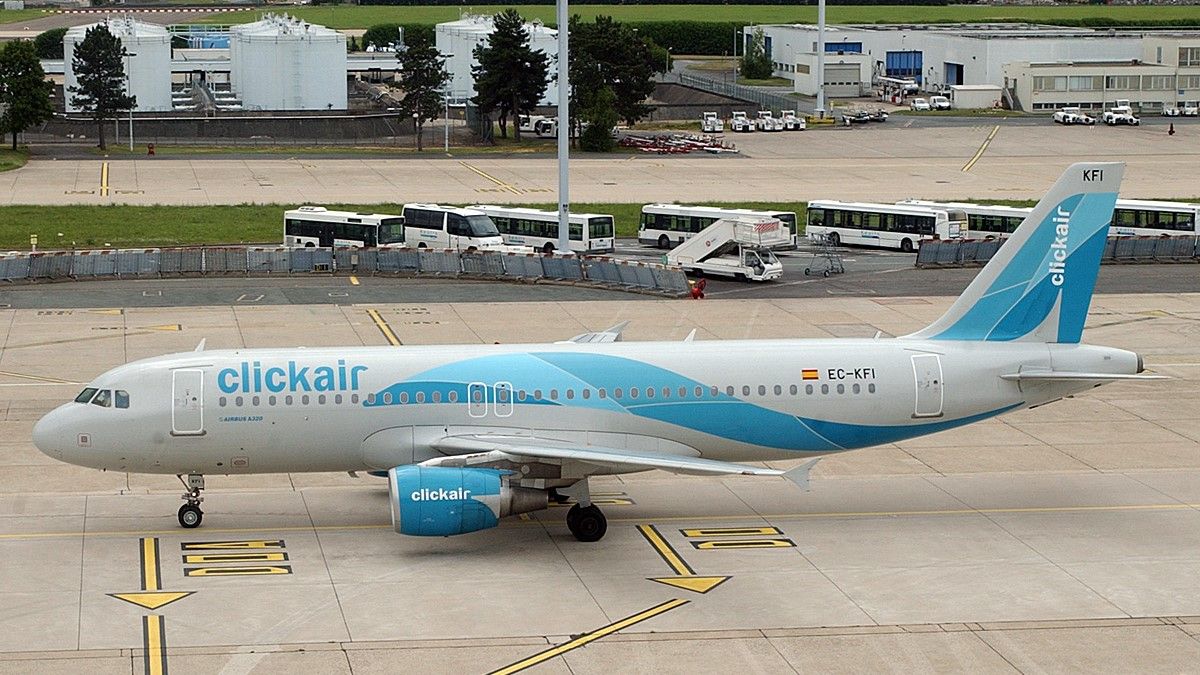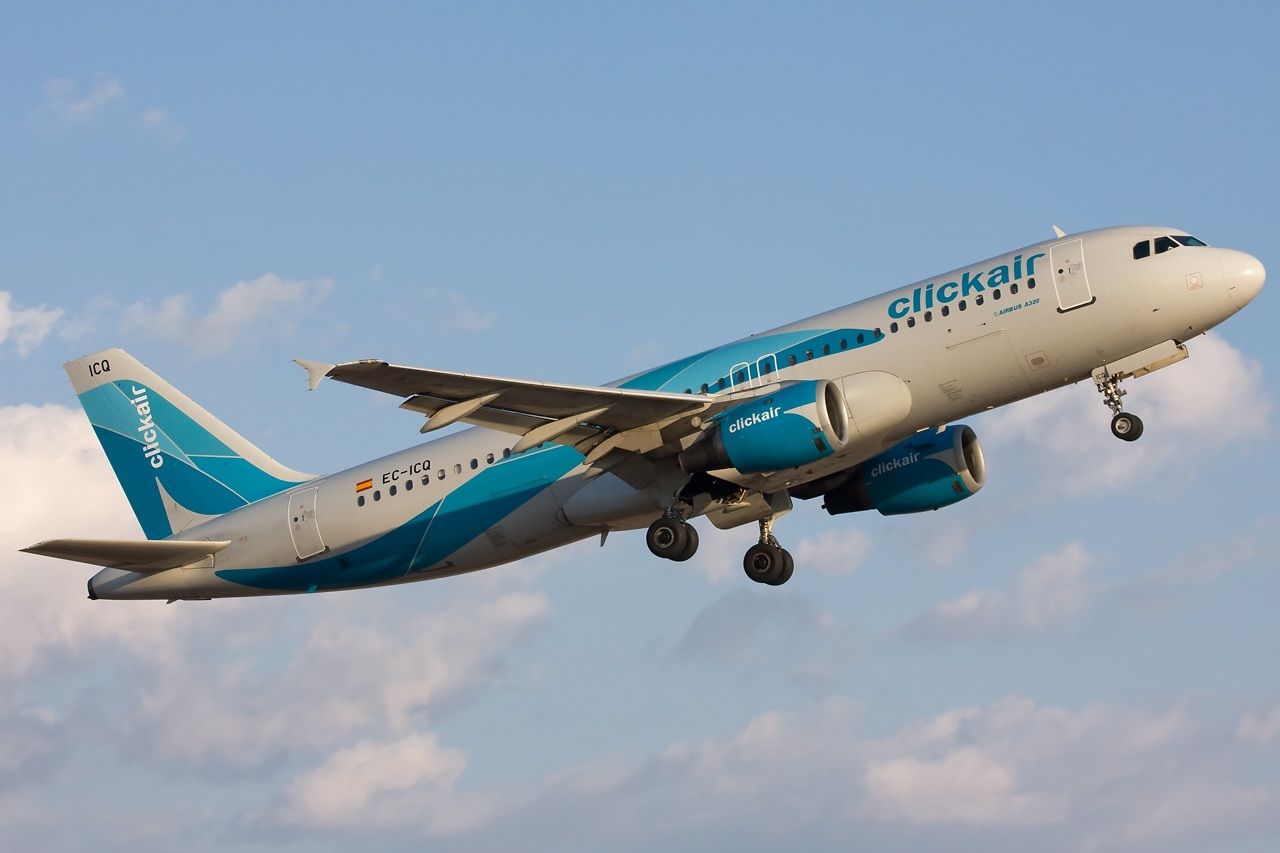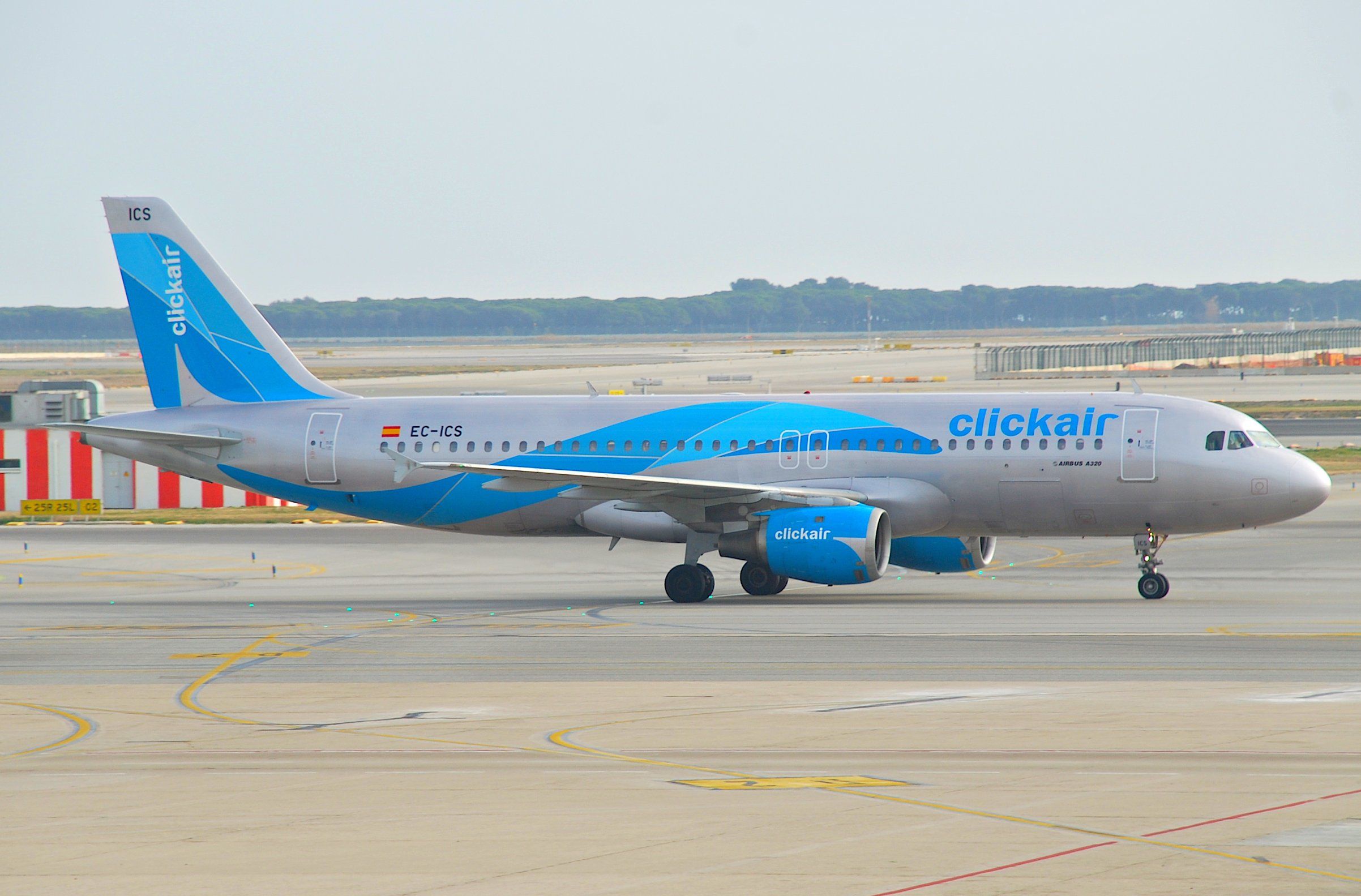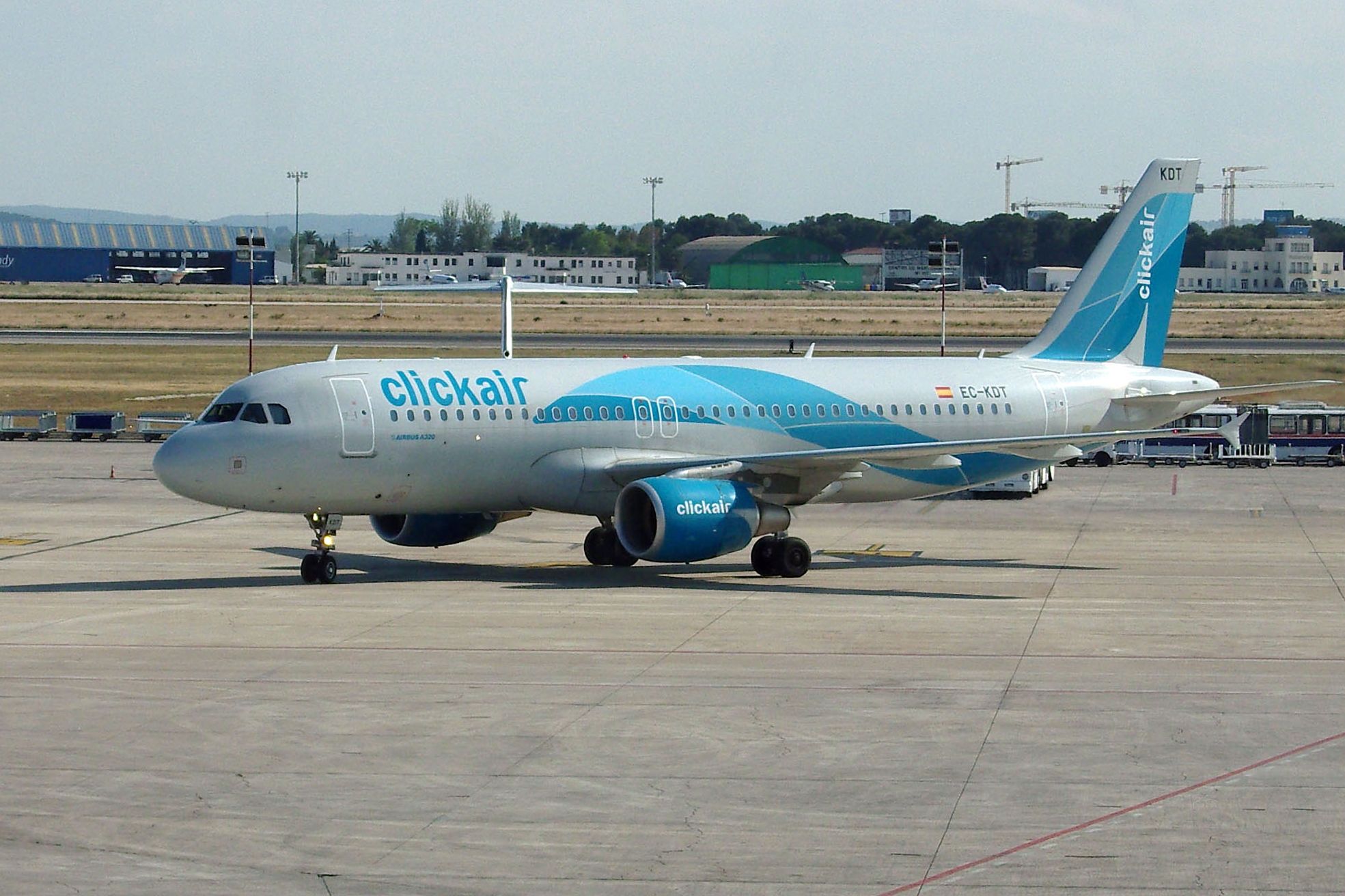Summary
- Clickair was originally called Catair and changed its name to Clickair to align with its expectation of selling tickets online, emphasizing the importance of online sales.
- Iberia owned 80% of Clickair's economic rights despite only owning 20% of the budget carrier, showing the dominant role Iberia played in the partnership.
- Clickair merged with rival Vueling in 2008 to create a stronger carrier and reduce fuel costs, with Vueling ultimately becoming a significant player in European low-cost aviation.
Such is the cut-throat nature of the commercial airline industry that many newly formed carriers fail to last more than a few years. This was the case, for instance, for Spanish low-cost carrier (LCC) Clickair, previously based at Josep Tarradellas Barcelona El Prat Airport (BCN). Let's take a look back at the airline's story.
Iberia was behind Clickair
Prior to its launch, Clickair was originally called Catair due to its connections with the Autonomous Community of Catalonia. However, before commencing operations in October 2006, it changed its name to Clickair. The alteration was made because the airline expected most of its ticket sales to come from online purchases, as Customers would visit its website and then click to buy tickets.
Following a model utilized by other LCCs, Clickair planned to sell cheap tickets and make extra revenue by selling products such as food and drink. Spanish flag carrier Iberia was behind the startup along with Iberostar, Cobra, Nefinsa, and Quercus Equity, with each of the five partners owning 20% of the airline. Airways Magazine notes that its initial capital was €120 million ($129 million).
Love aviation history? Discover more of our stories here!
Despite owning only 20% of the newly formed budget carrier, Iberia controlled a whopping 80% of Clickair's economic rights. The Spanish national airline and its partners had ambitious plans for the budget airline to operate a fleet of 30 Airbus A320s on 70 routes, carrying ten million passengers a year by 2008.
Clickair was given the IATA code of XG, which previously belonged to Regional Lineas Aereas. Despite its lofty ambitions, the airline started with a modest network, flying five routes with three Airbus A320s from its base at Barcelona El Prat Airport. According to Jet Back In Time, Iberia hoped that, as Clickair grew, it would win back the Catalonian market share that it had lost to Vueling.
Clickair ultimately merged with Vueling
While 2007 might have been a good year for aviation safety, it was a challenging year, financially speaking, for Spain's youthful LCC market. Indeed, both Clickair and its rival Vueling, which had launched in 2004, were struggling to turn a profit. To remedy the situation, Vueling and Clickair decided to merge in June 2008.
Get the latest aviation news straight to your inbox: Sign up for our newsletters today!
The two airlines intended to create a carrier that was better able to compete in the Spanish market while also reducing their collective fuel costs. With Iberia still as the primary partner, the new airline would continue to operate under the Vueling name, with Clickair's Alex Cruz, who later became British Airways' CEO, as the boss.
Since completing the merger in 2009, Vueling has become a significant player in European low-cost aviation. In 2013, it was acquired by the International Airlines Group (IAG), which retains a 97.52% stake. Vueling operates as a stand-alone airline, with its CEO Marco Sansavini reporting to IAG CEO Luis Gallego.
An all-Airbus fleet
As it remains common practice for low-cost carriers worldwide, Clickair had a single-type fleet. The Airbus A320-200 was its aircraft of choice, with data from ATDB.aero showing that it operated 26 examples. Some joined the airline brand-new, while others were second-hand and dated back to the early 1990s. According to Planespotters.net, they had 180 economy class seats onboard.
In terms of its network, we have established that Clickair's primary hub was to be found at Barcelona El Prat Airport. However, among its 41 destinations were also operating bases in Málaga (AGP), Seville (SVQ), and Valencia (VLC).
Did you ever get to fly with Clickair before the carrier merged with Vueling? If so, what was it like? Let us know your thoughts and experiences in the comments!
Sources: Airways Magazine, ATDB.aero, Jet Back In Time, Planespotters.net




